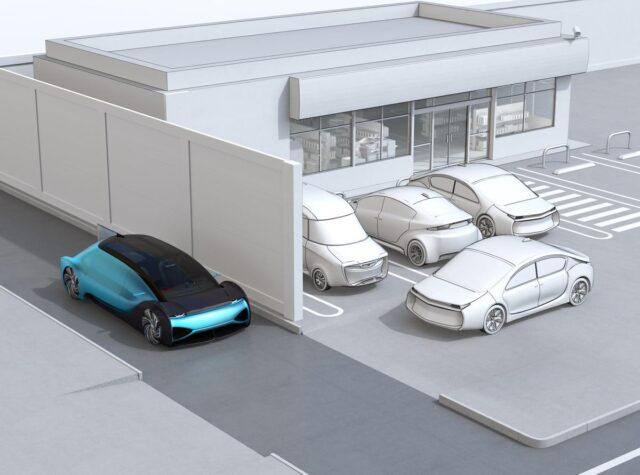What you need to know for the maintenance of electric cars
In the rapidly evolving landscape of automotive technology, electric vehicles (EVs) have taken center stage, promising a greener and more sustainable future. However, with innovation comes the responsibility of proper maintenance to ensure the longevity and optimal performance of these modern marvels. In this comprehensive guide, we delve into the intricacies of Electric Car Maintenance, unveiling key aspects, best practices, and the transformative impact they have on the lifespan of EVs.

Understanding Electric Car Maintenance
Electric car maintenance differs significantly from traditional internal combustion engine (ICE) vehicles. While EVs are renowned for their simplicity and reduced need for certain maintenance tasks, there are specific considerations that EV owners should be aware of to keep their vehicles running smoothly.
Battery Care: The Heart of an EV
The battery is the lifeblood of an electric vehicle, and its proper care is paramount.
1. Charging Habits: Consistently charging the battery within recommended ranges (usually between 20% and 80%) helps prolong its lifespan and prevents unnecessary strain.
2. Temperature Control: Extreme temperatures can impact battery performance and longevity. Parking in shaded areas and avoiding exposure to direct sunlight can help maintain optimal battery temperatures.
3. Regenerative Braking: Utilizing regenerative braking effectively not only enhances energy efficiency but also reduces wear and tear on the brake system.
Tire Maintenance: Traction and Efficiency
Tires play a crucial role in an EV’s efficiency and performance.
1. Proper Inflation: Keeping tires properly inflated reduces rolling resistance, improves energy efficiency, and extends the vehicle’s range.
2. Rotational Pattern: Regularly rotating tires ensures even wear and prolongs their lifespan. This practice is essential for maintaining consistent traction and handling.

Brake System: Reduced Wear
Electric vehicles often rely more on regenerative braking, which puts less strain on traditional brake components.
1. Brake Fluid: Periodically checking and replacing brake fluid ensures optimal brake performance. This maintenance task is less frequent in EVs due to reduced brake usage.
2. Pad and Rotor Inspection: While EVs experience less wear on brake pads and rotors, regular inspection helps identify any potential issues.
HVAC and Cabin Air filters: Comfort and Air Quality
Maintaining a comfortable and healthy cabin environment is equally important.
1. Cabin Air Filter: Regularly replacing the cabin air filter ensures proper airflow and filters out pollutants, allergens, and dust from the cabin air.
2. HVAC System: Performing HVAC system checks and ensuring proper refrigerant levels contribute to cabin comfort and air quality.
Software Updates: Enhancing Performance and Features
Modern EVs often receive software updates that can enhance performance and add new features.

1. OTA Updates: Many EV manufacturers offer over-the-air (OTA) updates, allowing users to conveniently update their vehicle’s software remotely.
2. Navigation and Infotainment: Regularly updating navigation and infotainment software ensures access to the latest features and accurate information.
Seasonal Maintenance: Adapting to Changing Conditions
Just like traditional vehicles, EVs require seasonal maintenance adjustments.
1. Winter Preparations: In colder climates, preparing for winter includes checking tire pressure, ensuring proper coolant levels, and using the cabin pre-conditioning feature to optimize battery performance.
2. Summer Considerations: In hotter climates, attention to battery cooling and cabin cooling becomes crucial to prevent overheating.
Scheduled Maintenance and Professional Checks
While EVs require fewer maintenance tasks, it’s essential to adhere to the manufacturer’s recommended maintenance schedule.
1. Battery Health Checks: Periodic battery health checks can provide insights into the battery’s condition and identify any potential issues.
2. Professional Servicing: Professional mechanics with experience in EVs can perform thorough inspections, addressing any concerns and ensuring all components are functioning optimally.
Conclusion: Nurturing the Electric Drive
Electric car maintenance represents a modern approach to vehicle care that balances simplicity with specific considerations. By understanding the nuances of battery management, tire care, braking systems, cabin comfort, software updates, and seasonal adjustments, EV owners can ensure their vehicles perform optimally and serve them for years to come. As electric mobility continues to reshape the automotive landscape, responsible maintenance practices stand as a testament to a sustainable and electrifying driving future.




























